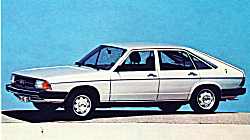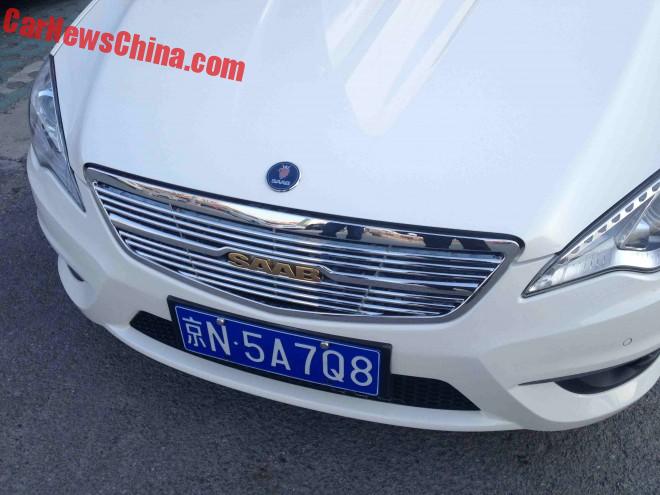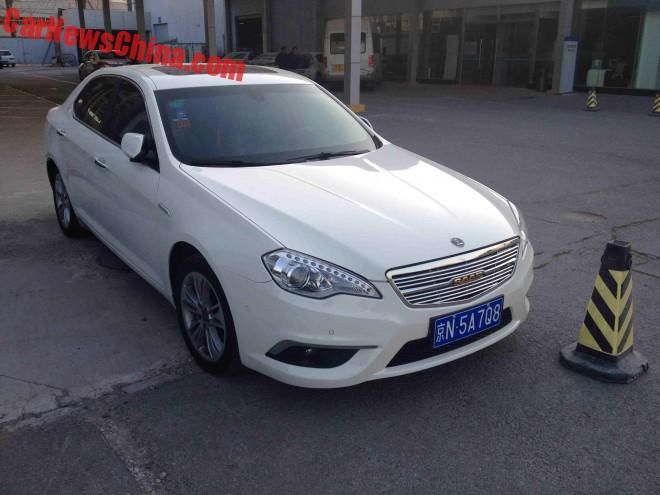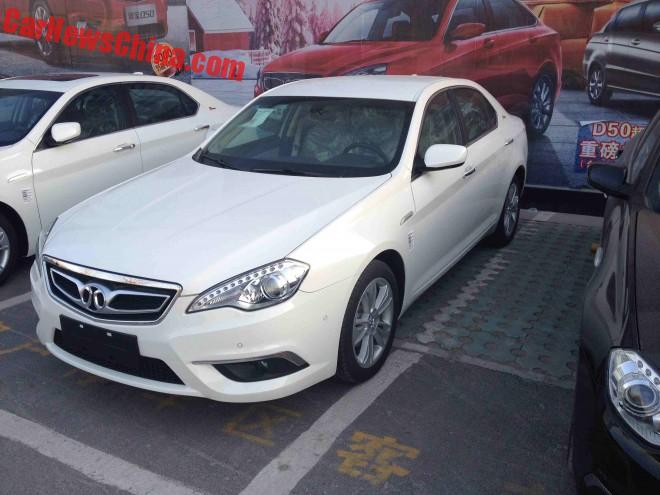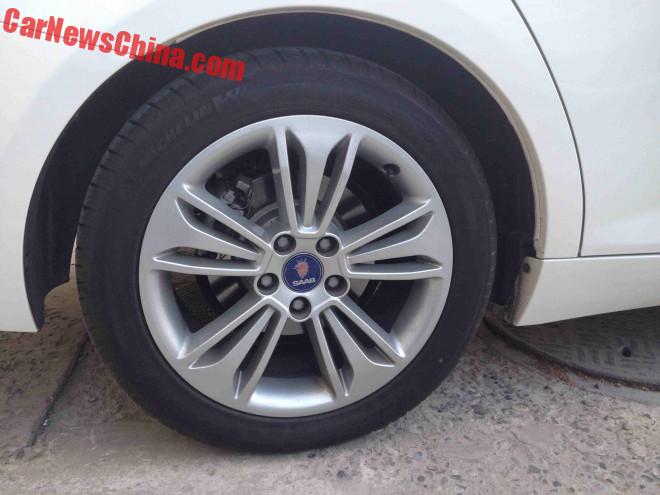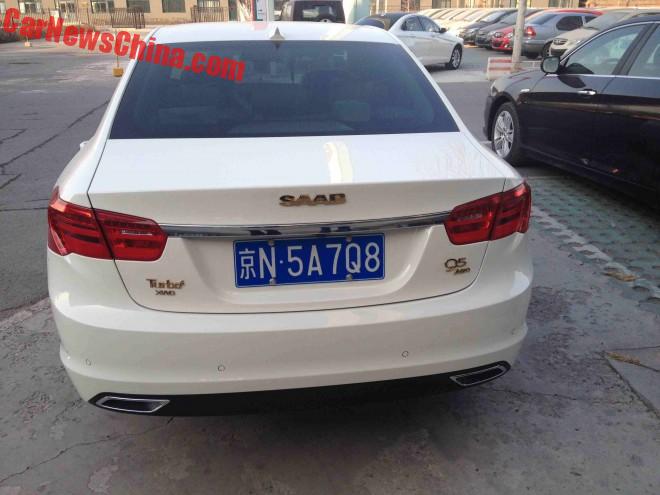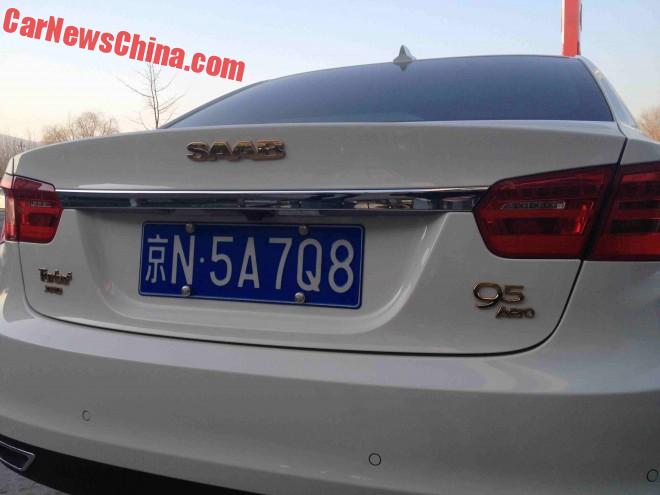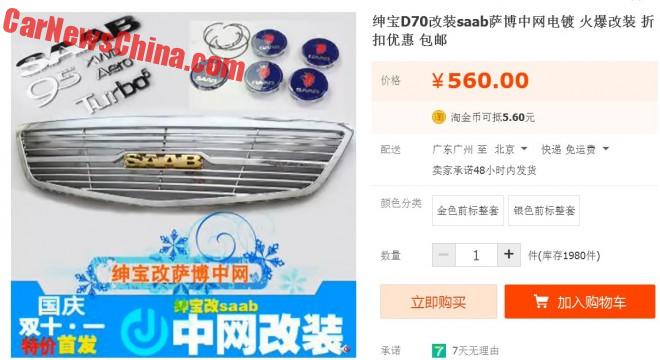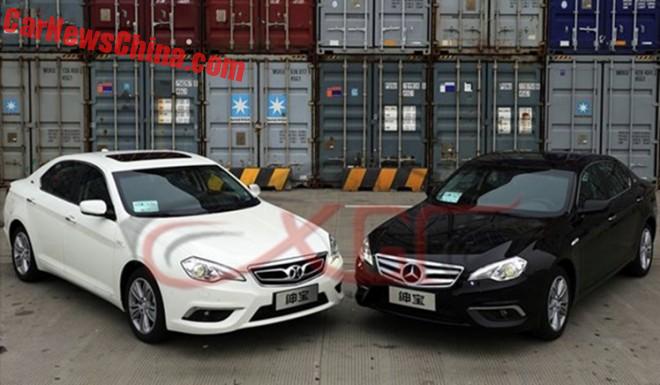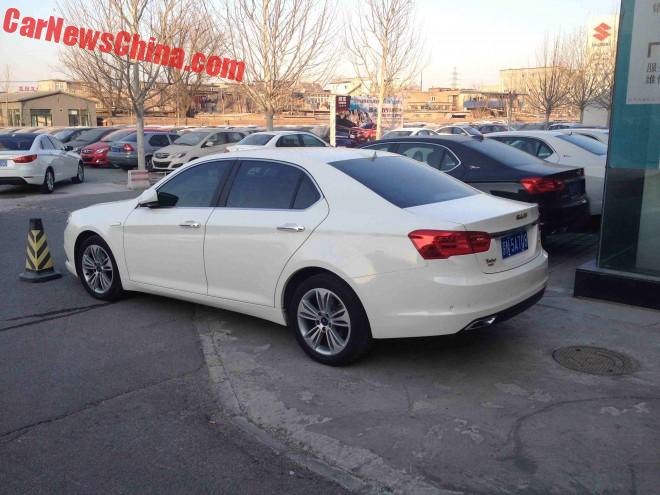
This is the Audi Mesarthim F-Tron Quattro developed by a Russian automobile designer Grigory Gorin. A marvellously stylish nuclear-powered concept which you can obtain within hours after pressing a button on a 3D printer. The monocoque chassis are made of a lightweight metal alloy and the engine is powered by a fusion reactor with plasma injectors. The concept itself is named after the Mesarthim star system in the Aries constellation which emits radiation for millions of years already. Looks really charming, poetic and dangerous. I bet, however, the Audi is not aware of this craftsmanship.
The Mesarthim is some kind of electric vehicle. The perpetually hot reactor and plasma injectors heat the water which creates the super-steam and rotates electric generators. The obtained energy feeds the wheel-mounted electric motors and makes everything move.
The good news is that nuclear power is cleaner, longer-lasting, and has a higher power and energy density than the one coming from fossil fuels. Thus, the Mesatrim is extremely environmentally friendly vehicle as it does not pollute anything. At least, when it is operational. When it becomes non-operational... C'mon, who cares of non-operational cars?
Gorin himself believes that the nuclear power is unjustifiably bullied today. Instead, it is doomed to provide a natural impetus to a next stage of industrial evolution. Gorin argues that “it will be possible to supply energy to most of the population of the planet” when the humankind finally arrives at full potential of nuclear fusion.
But you know, mates, considering the recent Russian “successes” in high technologies, I would be very, very, very cautious about the Mesarthim potential. Russians can not properly launch their satellites into space, so, where is the guarantee that they will properly launch this kind of a car onto surface?
If you think here that the nuclear-powered cars are nothing but a crazy perversion of game designers then you are wrong! These vehicles were seriously considered as the production ones. These vehicles, to be honest, roll over the terrains of our beautiful Solar system while you read this line!
And they have a lot of advantages as the means of transportation, actually!
To begin with, the nuclear-powered cars will not have driving ranges. There will be no computerized voices saying: “You can cover 314.159 miles till everything dies.” Nuclear cars will remain fully operational from three to five years on one “tank.” As tested on submarines, ice-breakers and aircraft carriers, a pound of a highly enriched uranium can push big metal bodies for miles and years ahead. For a car, less than a pound will suffice. Apart from this, the nuclear-powered car will be a terrifically environmentally friendly device. No emissions while operating are forevisioned. There will also be no problems with the ignition, neither in summer nor in winter. The mini-reactor will generate heat and energy perpetually making the car’s batteries always charged and ready for your journey. Just push the pedal down. Finally, do not believe those chaps who say that the car will inevitably explode on a crash. In reality, it is incredibly difficult to trigger a proper nuclear explosion. Unlike Corvega, which “gifts” you with a mushroom when you decide to unload a machinegun into its reactor, the real-life nuclear cars will do… nothing. Almost nothing on a crash.
And on this bombshell, let us speak of the nuclear propellant disadvantages
The first on the list is radioactivity. The engine guts will invariably shine in a gamma spectrum. To contain the nasty rays of “light” a lot of shielding will be needed. Nuclear power plants, for instance, have the reactor surrounded with a concrete mega-wall and three layers of leaded plates right after. Nuclear vessels have no thinner shielding. Without these precautions your engine will kill you, your family, all your neighbours, and all citizens of your city. Including pets. But if you mount all these layers properly and “pacify” the car, it will become a super-heavy-armoured vehicle. Probably immobile. Secondly, if skilful malicious engineers steal a nuclear car, they can extract uranium and craft a dirty nuclear bomb. Or something else dirty and nuclear. Therefore, a proper owning and maintenance of the vehicle will become a matter of national security! How do you find it, Agent 008? Thirdly, as mentioned in advantages, there will be no explosion on a car accident. But none cancelled the radioactive pollution. If a mini-reactor gets a crack, everyone around will unwillingly join a mini-Fukushima party. Finally, the car is nice and environmentally clean when it is on the go. But it stops being such when you need to replace the engine guts. The latter will be highly radioactive for hundreds of years. Therefore, car manufacturers, energy giants, and national governments should think much in advance how to dispose the undisposable. I recommend packing all these shiny bits into a big leaded box and launching it towards the Sun. Which is a disastrously radioactive by itself. Let us return an apple to the apple tree! What a flawless idea, don't you find?
Regardless of all its disadvantages, the nuclear car concept has been tried in an automotive history. This may sound dangerous and foolish, but mates, Donald Trump also won the elections, didn't he?
The Ford Motor Company can be regarded as a pioneer in on-land nuclear propulsion. In 1954 at the Chicago Auto Show they made a stir with the Atmos FX concept. It came with a very innovatory and daring body design which alluded to spaceships and jet-fighters. For that reason the car had a panoramic cabin, rocket exhaust tail lights, wings above rear fenders and frontal sharp tips. The Ford also speculated that the Atmos FX might have been equipped with a nuclear engine if someone would not be happy with a conventional V8.
In 1957 the same chaps at the Ford publicly presented their Nucleon concept which foresaw only one major propellant: a compact atomic fission reactor. The latter was supposed to be placed in a trunk and the trunk was supposed to constitute ~75 per cent of the car. But the reactor would not spin the wheels directly as the whole powertrain looked more like a 3-in-1 unit. Uranium fission heated a water boiler and produced a super-steam (400 °C or 752 °F). Steam, mates! It was a player again! In its turn, the super-steam rotated a range of generators which fed motors with electricity. This powertrain was engineered as a miniaturized model of the one used in the early Cold War nuclear submarines. The Ford brainy chaps calculated, hoped, and re-calculated again that the submarine technology could be squeezed and that it would work.


The uranium capsules for the Nucleon reactor were supposed to be replaced each ~5.000 miles or ~8.000 km. The Ford Motor Company, presumably backed by the government, planned to construct a network of specialized nuclear petrol stations all across the US. On the uranium depletion, drivers could easily exchange “used” capsules with “new” and continue their journey. Apart from this, engineers foresaw the Nucleons to be “tunable” cars: drivers could opt for higher torque or efficiency depending on requirements. They could also opt for bigger uranium capsules!
You may ask now: What went wrong with the old good leaded petrol in 1950s!? Environmentalists, I will answer. That was the time when the polluting effects of internal combustion started gaining general concern. The Nucleon came as one of the answers. Blatant it its straightforwardness. People want no emissions – people get no emissions. However – amazingly – the nature-friendly and pragmatic public did not like this. The car never evolved into a production model.
Let us speak of contemporary times now. It will be foolish to assume that the nuclear car idea has lost its revolutionary appeal. Because Brexit talks continue.
According to the automotive tradition set in 1954, at the 2009 Chicago Motor Show the world was stirred with a new nuclear propulsion attempt. The Cadillac presented a model of its thorium fuelled concept car. This time the engineers decided not to mount a miniaturized submarine powertrain into an on-land vehicle and opted, instead, for something that is already small by nature. The thorium reactor. It weighs ~500 pounds (~230 kg) and can be comparatively easy mounted into a trunk. Moreover, it takes only eight grams of a “moderately” radioactive thorium to power a car for 100 years without a re-charge! Listen to this, mates: The Cadillac arrived with the perfect birthday present for a newly-born baby-driver! The life-long present which can save ~7.400 gallons (~28.000 litres) of petrol over a century! Whoa!
Believe it or not, the work on the Cadillac thorium reactor boils. The 2009 concept was not a drivable model. However, the Massachusetts R&D company Laser Power Systems claims that the health-friendly nuclear powertrains are within our reach. In 2011 they presented on paper an upgraded version of the thorium “engine” which – to be honest – reminds the Nucleon's 3-in-1 unit. The thorium is used, above all, to fuel a powerful laser – the MaxFelaser – which turns water into a super-steam which spins a turbine which feeds electric motors. This unit can produce a total of 250 kilowatts of energy (equivalent to 335HP). Sounds nice! Charles Stevens, the leading Laser Power Systems specialist, claims to have constructed the MaxFelaser in 1985 already. This said, none has ever publicly presented a drivable Cadillac thorium car.
Then there is a Russian automobile designer Grigory Gorin with his Audi Mesarthim F-Tron Quattro. A marvellously stylish nuclear-powered concept car which you can obtain within hours after pressing a button on a 3D printer. The monocoque chassis are made of a lightweight metal alloy and the engine is powered by a fusion reactor with plasma injectors. The concept itself is named after the Mesarthim star system in the Aries constellation which emits radiation for millions of years already. Looks really charming, poetic and dangerous. I bet, however, the Audi AG is not aware of this craftsmanship.
The Mesarthim's powertrain is nothing else, but the 3-in-1 unit again. The perpetually hot reactor and plasma injectors are intertwined with water pipes and boilers where the super-steam is being formed. Then you have the “electric” part: a turbine, a generator, batteries, and wheel-mounted electric motors.
Gorin himself believes that the nuclear power is unjustifiably bullied today. Instead, it is doomed to provide a natural impetus to a next stage of industrial evolution. Gorin argues that “it will be possible to supply energy to most of the population of the planet” when the humankind finally arrives at full potential of nuclear fusion.
But you know, mates, considering the recent Russian“successes” in high technologies, I would be very, very, very cautious about the Mesarthim potential. Russians can not properly launch their satellites into space, so, where is the guarantee that they will properly launch this kind of a car onto surface?
